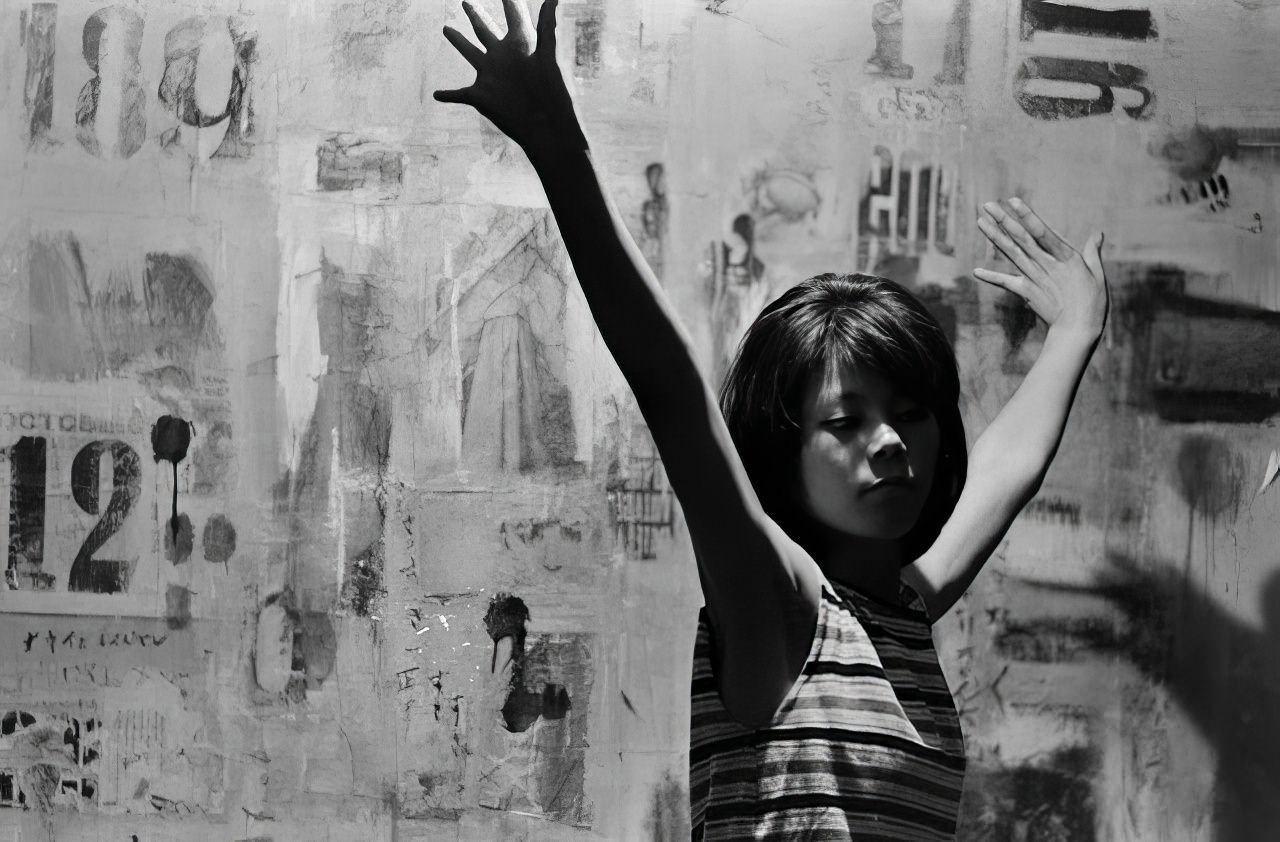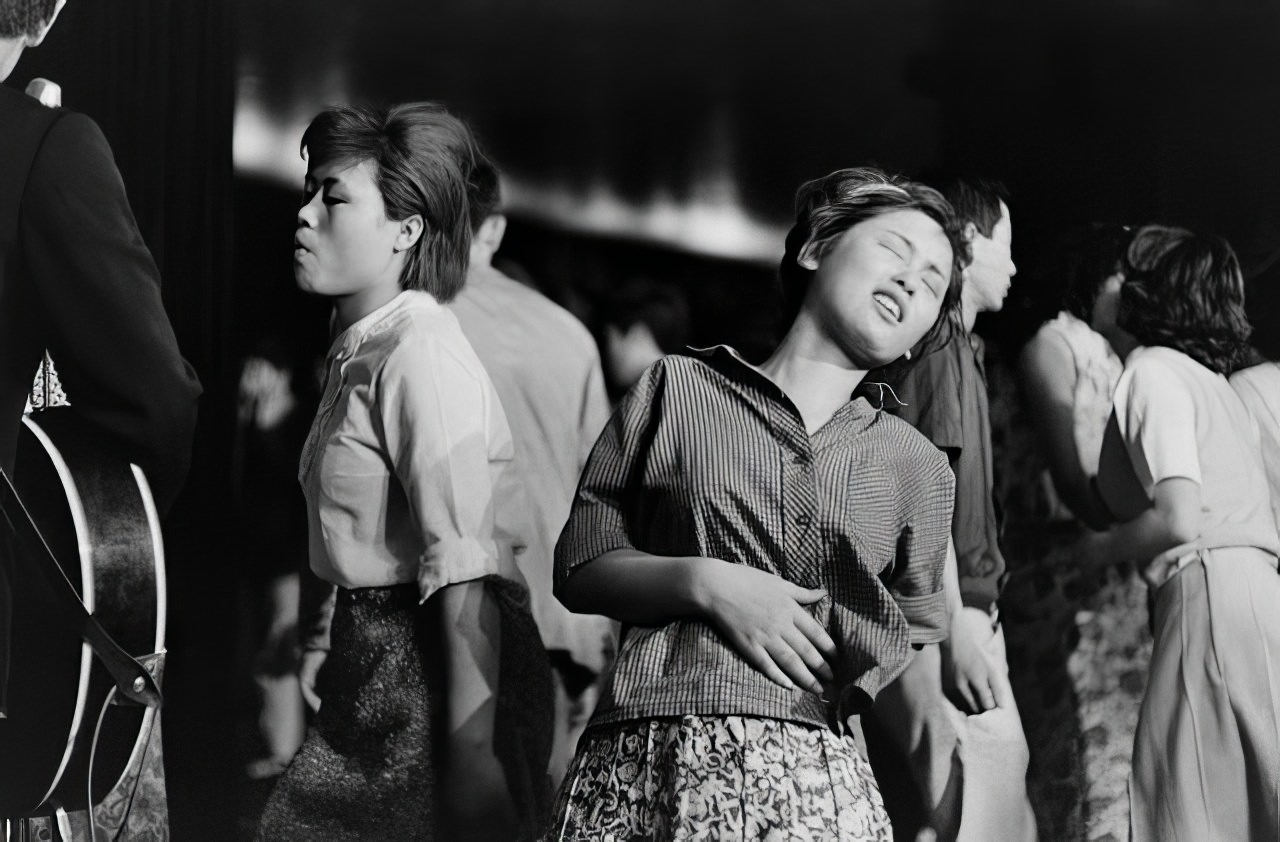In the 1960s, Japan experienced a significant cultural and social shift, marked by the revolt of its youth. This period saw Japanese teenagers and young adults challenging traditional norms and embracing new, often radical, lifestyles. LIFE photographer Michael Rougier and correspondent Robert Morse captured this transformative era in a series of powerful images and narratives.
The youth of 1960s Japan were navigating a complex landscape. The country was rapidly modernizing and westernizing, and this brought about a clash between the old and the new. These young people were no longer content with the conservative values of their parents and grandparents. They sought to carve out their own identities, distinct from the rigid societal expectations that had long governed Japanese life.
One striking aspect of this youth rebellion was their fashion and style. Teens and young adults adopted western clothing and hairstyles, often seen in jeans, leather jackets, and miniskirts. This new look was more than just a fashion statement; it was a bold declaration of independence and a rejection of traditional Japanese aesthetics..
Music played a pivotal role in this cultural upheaval. Influenced by the Beatles and other western bands, Japanese youth embraced rock and roll with fervor. Tokyo’s underground music scene flourished, with live music venues and dance clubs becoming the epicenters of this musical revolution. Bands like The Tigers and The Spiders became immensely popular, their rebellious spirit resonating with the disenchanted youth.
Read more
Japanese youth also took to the streets in protest. The 1960s were a time of significant political unrest, and students were at the forefront of these movements. They protested against the U.S.-Japan Security Treaty, which they saw as an infringement on Japan’s sovereignty. The protests often turned violent, with clashes between students and police becoming a common sight in cities like Tokyo.
These young rebels were also experimenting with new lifestyles and philosophies. Many turned to art and literature as means of expression and rebellion. The avant-garde art scene thrived, with artists pushing the boundaries of what was considered acceptable. Writers and poets explored themes of alienation, disillusionment, and the search for identity in a rapidly changing world.
Rougier’s and Morse’s documentation revealed the raw, unfiltered reality of these youths. Their photos captured scenes of wild parties, street protests, and intimate moments of contemplation and despair. The images were both beautiful and unsettling, showcasing a generation on the edge, hurtling towards an uncertain future.
This era of revolt was not just about rejecting the past but also about searching for new meanings and values. The youth were driven by a desire to create a society that reflected their ideals of freedom, individuality, and self-expression. They were breaking away from the strict societal norms that had long dictated their lives, seeking to forge a new path for themselves and future generations.
































